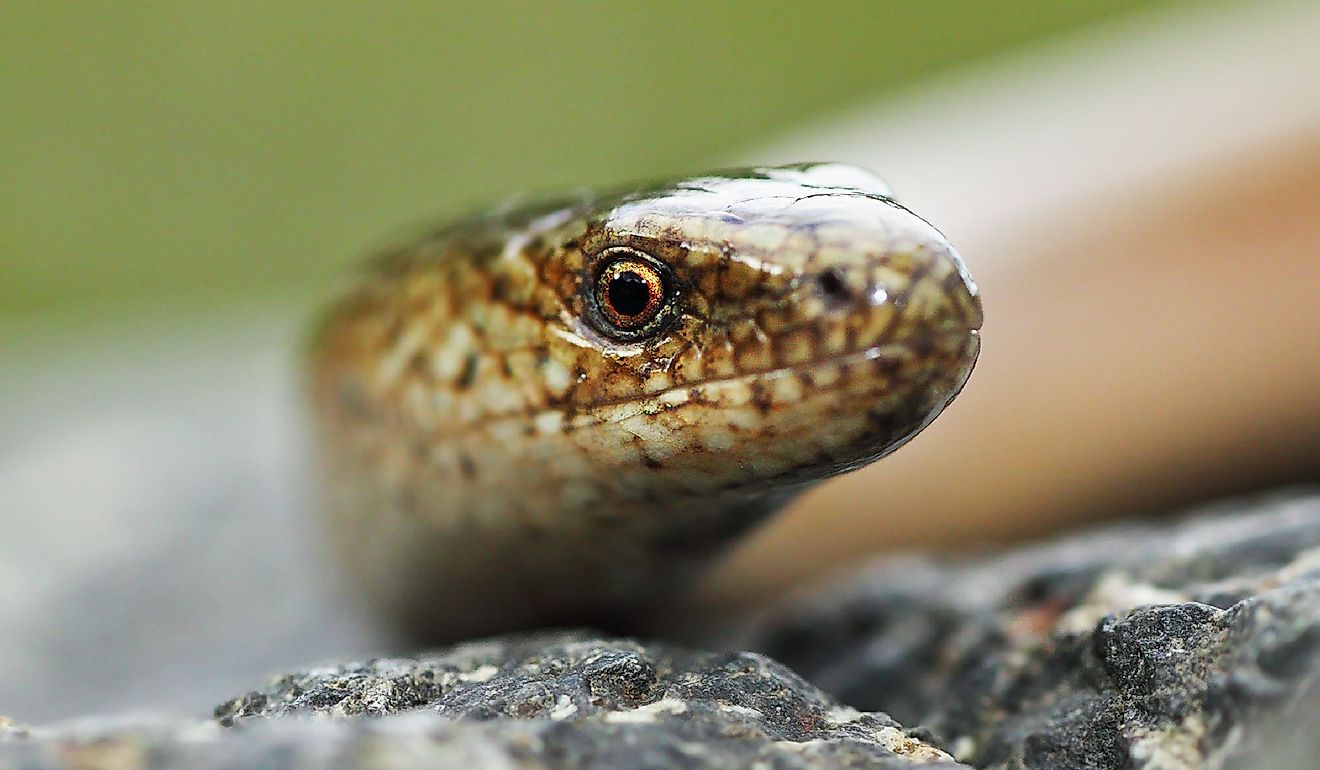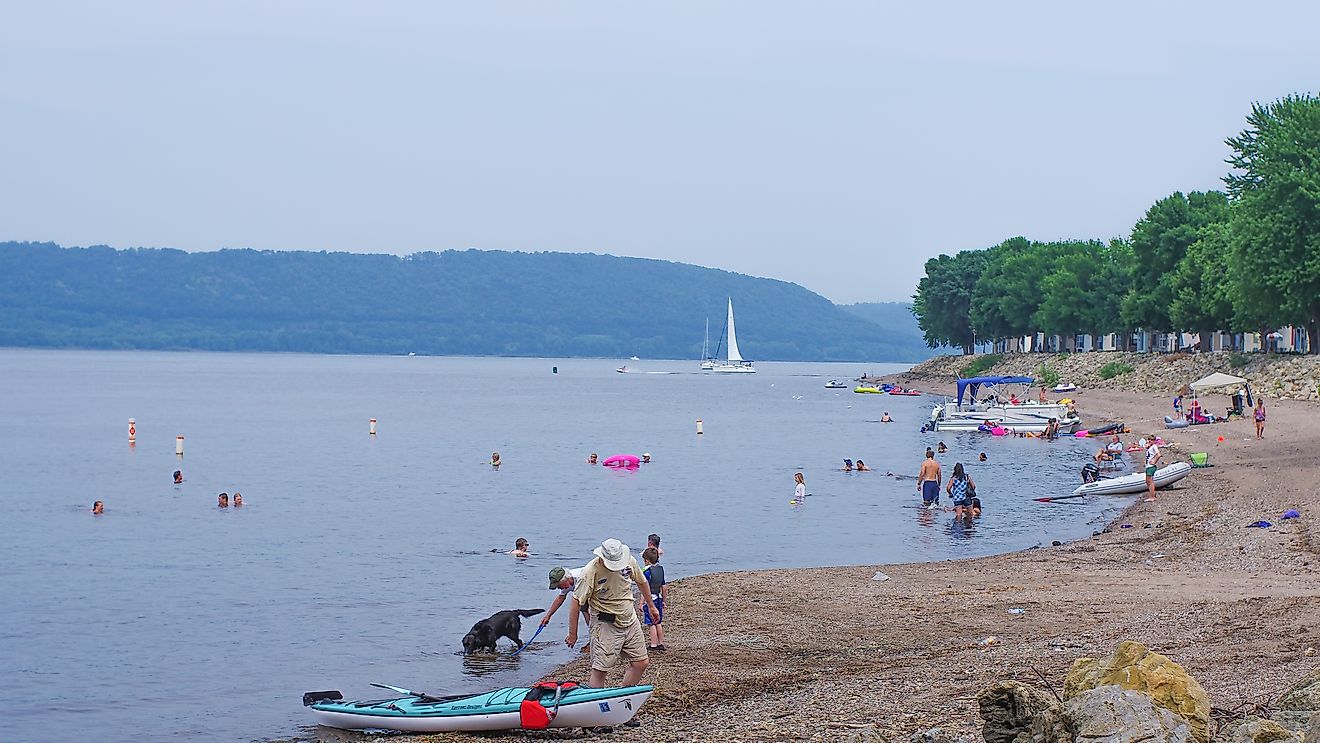
Osage River
The Osage River is a tributary of the Missouri River and runs through Missouri in the United States of America. It is the eighth largest river in the state, with a drainage area of 40,000 km2. It also measures roughly 444 kilometers in length and flows in an easterly and northeasterly direction. The river includes both the Harry S. Truman Reservoir and the Lake of the Ozarks.

History Of Osage River
The river gets its name from the Osage Nation indigenous people who once lived throughout the area and were present at the time of European settlement. Settlers used the river often, but it was a source of great frustration. Its often changing water levels, sand bars, and pools created obstacles and navigational hazards for those unfamiliar with the river’s waters.
1839 was the first time when it was suggested that the river channel be deepened. However, financial concerns prevented this from happening, and therefore, transportation in the area was limited to small boats. Eventually, towards the late 1800s, the channel was adjusted to increase commercial traffic, and steamboats could navigate the waters for the majority of the year.

Construction of the Bagnell Dam, a hydroelectric dam, started in 1922 and continued for nine years. However, its construction meant that the river could no longer be used for commercial transportation. Similarly, the Truman Dam was proposed in 1954 and completed in 1979. Both dams generate the power used to run the St. Louis metropolitan area.
Formation And Course Of The Osage River
The Osage River was formed by the coming together of Marais des Cygnes and Little Osage Rivers. If the Marais is included as part of the Osage, then the headwaters can be described as beginning in eastern Kansas. This inclusion also means the river measures more than 800 kilometers in length. Excluding the Marais (there is some debate over whether it is officially part of the Osage River or not), the river can be said to begin in southwestern Missouri, some 20 kilometers northeast of Nevada.

Regardless of its official ‘start’, the river flows eastwards, passing the Schell-Osage Conservation Area, and widens in the St. Clair County area as it approaches the Harry S. Truman Reservoir. The reservoir lake is also fed by the South Grand River and Pomme de Terre River just before the dam itself.
Downstream from the Truman Dam, the river bends and snakes into the winding Lake of the Ozarks, which measure nearly 150 kilometers in length. The river continues to flow from there to Bagnell Dam. Bagnell was constructed in 1931 and is fed by Osage and the Niangua River. Once the Osage passes through the dam, it continues northeast, with various oxbow bends, until it converges with the Missouri 24 kilometers east of Jefferson City.
Animal Life In The Osage River

Nearly 100 different fish species from 16 different families have been recorded in the Osage River and surrounding waters, including a few considered threatened species. This waterway supports several different fisheries, with the primary desirable fish species including walleye, white bass, white crappie, largemouth and spotted bass, and flathead, channel, and blue catfish varieties.
Along the river banks and in nearby lands such as the Schell-Osage Conservation Area, other types of wildlife also thrive. White-tailed deer are common here and several other mammals, big and small. Common animals in the region range from black bears to bison, mink, bobcats, muskrats, coyotes, badgers and beavers, weasels, foxes, mountain lions, elk, skunk, cottontail rabbits, and gray wolves, to name a few.
There is also a wide range of waterfowl and shorebirds like northern pintails, ducks, geese, pelicans, and coots. Other birds include everything from bobwhite quail to the barred owl, kestrels, crows, goldfinch and plover, robins, sparrows, swallows, barn owls, juncos, woodpeckers, and bald eagles, among many more.
Importance Of The Osage River
The Osage River is a thriving ecosystem of plants, animals, and waterways that provide natural habitats to a wide range of animals and historic transportation routes. More recently, the dam on it also supplies vital hydroelectric power supplies to the counties and cities in the area, making it a vital part of the natural and commercial landscape of the region. Thus, the river and region must be protected to ensure it can run cleanly, smoothly, and continually for the animals, plants, and humans who benefit from its presence in Missouri.











